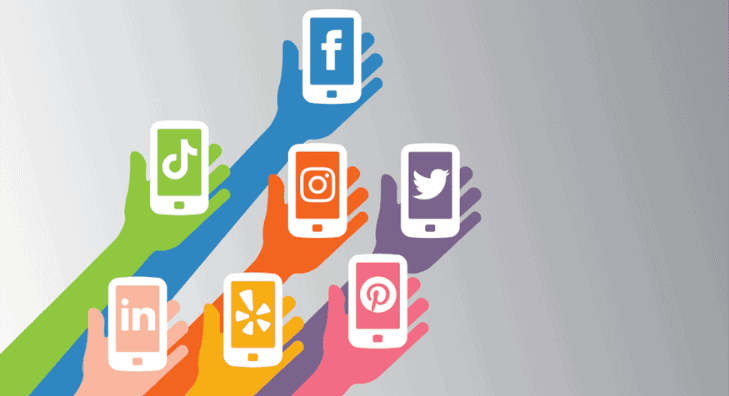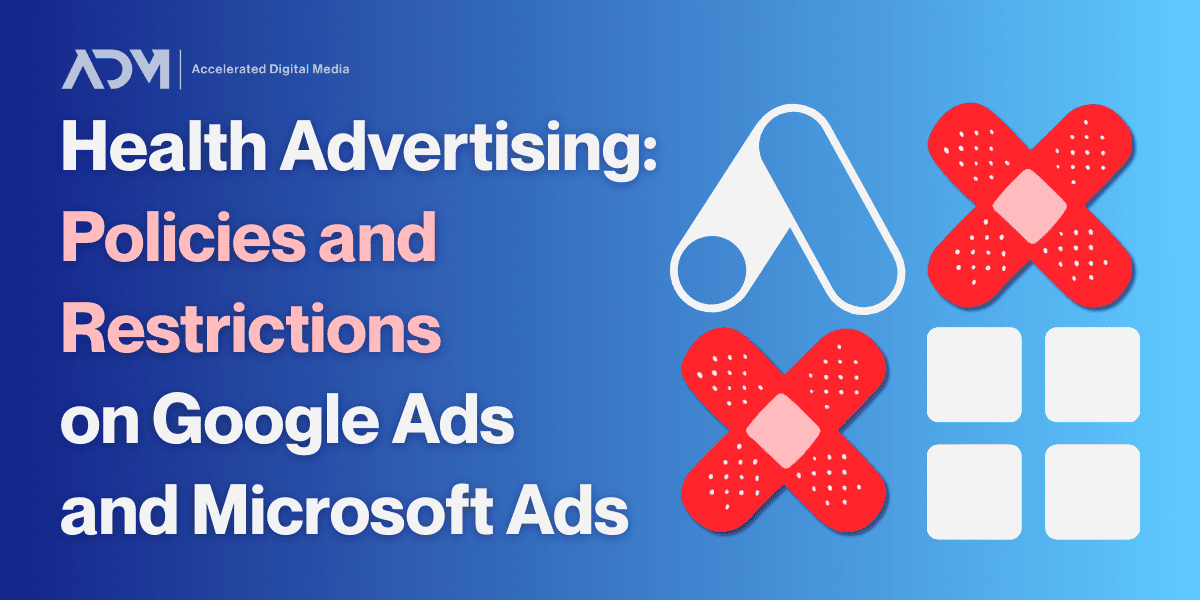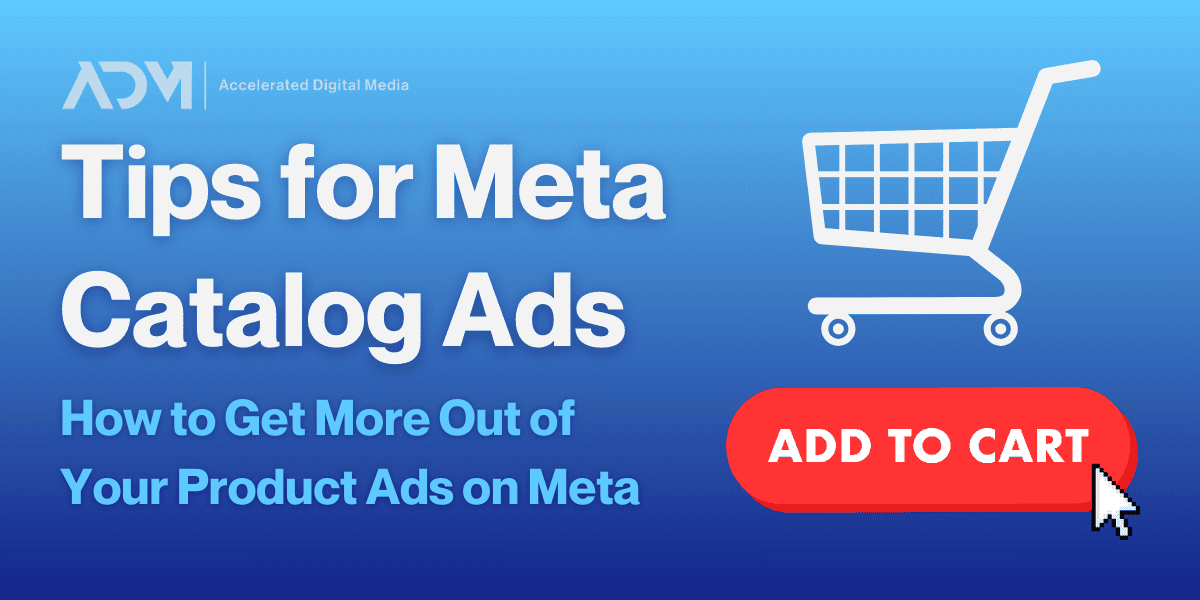Eighty percent of today’s paid social media users report using at least one social media platform to research medical information and providers—so it stands to reason that D2C digital healthcare brands should step up their paid social media advertising efforts.
But figuring out how to build a robust paid social media strategy across multiple platforms isn’t easy. There’s no single blueprint for success. Every strategy must be considered in the context of your brand, patient expectations, and business goals.
When it comes to being pervasive on social media, where does your D2C digital healthcare brand begin?
The Power of Being Everywhere
Digital marketers have come to embrace the concept of omnipresence. If your D2C digital health brand achieves omnipresence on social media, your brand name, products, and content can reach patients across all paid social media platforms. This means that when a patient is ready to take action on a healthcare purchase or sign up, your brand will be top of mind.
The road to omnipresence might sound expensive, overwhelming, or even impossible to brands at first blush. To successfully harness the power of omni-channel marketing, brands must think in broader strokes about budget, media marketing, industry best practices, time management, creative resources, and many other strategic areas.
Costs and Benefits of Staying Committed
If your paid social media strategy’s scope is short-term and focuses on gaining a few conversions, then social media ubiquity isn’t for you. Building an authentic brand omnipresence requires a dedicated investment of time and resources to succeed.
There are media and production costs to consider, as well as the costs to partner with expert social media management. The questions you will need to ask yourself related to costs include: How do we choose which platforms to prioritize? How much capital do we budget for each one? Many brands balk at the perceived expense and time it will take to establish a brand on new platforms while maintaining a consistent presence on the platforms where they are already active.
However, such hesitation bars you from the four main advantages of being omnipresent in social media marketing: recognition, authority positioning, robust full-funnel marketing, and reduced price sensitivity.
4 Clear Benefits of Paid Social Marketing Omnipresence
1. Increase Brand Recognition
There’s no single right answer about which social media platforms your D2C digital health brand should be active on. From Twitter to TikTok, each platform offers unique advantages concerning targeting, ad formats, and more. The most important thing to understand when choosing which platforms to prioritize is which audiences use which platform—and which of those audiences you desire increased brand recognition with.
For example, Facebook remains one of the most enduring social media hubs. And because Facebook still boasts the most users out of all social media platforms, its advertising is more competitive than ever before. As such, D2C digital health brands should continue investing to increase brand recognition. Facebook’s users span demographics, ages, and genders more than any other social media platform. Despite its saturation and targeting limitations, it remains one of the most important social media platforms for building brand presence and recognition.
TikTok, on the other hand, is the fastest-growing social media channel. There is a misconception in the marketplace that TikTok is a platform for young users. However, the demographics of its user base continue to expand, and it is increasingly likely that many of your patients will begin using the platform (if they are not already).
By becoming familiar with the different social media platforms available to your brand—and the audiences that use each—you can determine which provide the best opportunity to build your brand recognition. The more patients who see your brand across all the platforms they use, the more they will be interested in your message.
2. Achieve Authority and Earn Trust
Closely related to brand recognition, brand authority might be the single most crucial factor when aiming to become a household name in your industry. This is especially true if you’re competing for market and attention share in the D2C digital health space. Because if you are not present on your prospective patients’ social media platforms, you may struggle to earn recognition as an authoritative source or gain their trust.
The more impressions you can deliver to these prospective patients across multiple social media channels, the more of their trust you can earn. Omnipresence positions your brand as an authority in the digital health sphere. In an age where online health misinformation is rampant, building brand trust with your patients is more critical than ever. Maintaining a presence with consistent messaging on long-established social platforms like Facebook and Instagram — while also strategically adopting emerging platforms like TikTok — is key.
3. Strengthen Full-Funnel Marketing
Many D2C digital health brand marketers mistakenly assume that the role of paid social media marketing is simply to drive more traffic to their website to encourage purchases. However, as you budget for your social strategy you will become frustrated by perceived diminishing returns if you only expect transactional conversions from individual platforms. Considering results only each platform independently does not take into account how users move between platforms.
To build real audience growth over time, you must create lasting relationships between patients and your brand across multiple platforms. When your brand is present on various social outlets, it takes fewer impressions to drive patient conversion because of the increased brand recognition and earned trust. For example, a patient who sees your ad one time on Linkedin, Twitter, Facebook, TikTok, and Pinterest will be more likely to convert than a patient who sees the same ad ten times just on Facebook. Each time a patient sees your brand on a different platform, they move further and faster down the marketing funnel. Keeping this truth in mind helps you see a more complete picture of your true social media conversion rates.
4. Reduce Price Sensitivity
Patients are prepared to pay more for brands they trust and recognize. Studies consistently show that advertising predominantly decreases price sensitivity among consumers who already have considered a brand and those who already prefer it. Therefore, while promoting your D2C digital health brand across multiple social channels requires additional investment, doing so pays dividends. In the long run, patients are more likely to choose a brand they recognize and trust over a competitor’s offering at a lower price point.
The Future of Digital Health Brands on Paid Social Platforms
The long-term benefit of establishing an increased brand presence across multiple social channels is that sales and growth will follow.
As D2C digital health brands prioritize their social media marketing objectives, it’s critical to remember that the paid social media landscape can change quickly. To capture the benefits of being omnipresent on social media, digital health marketers must stay up-to-date. Following your patients’ usage trends should be an evergreen priority, ensuring you know which platforms to pursue.




